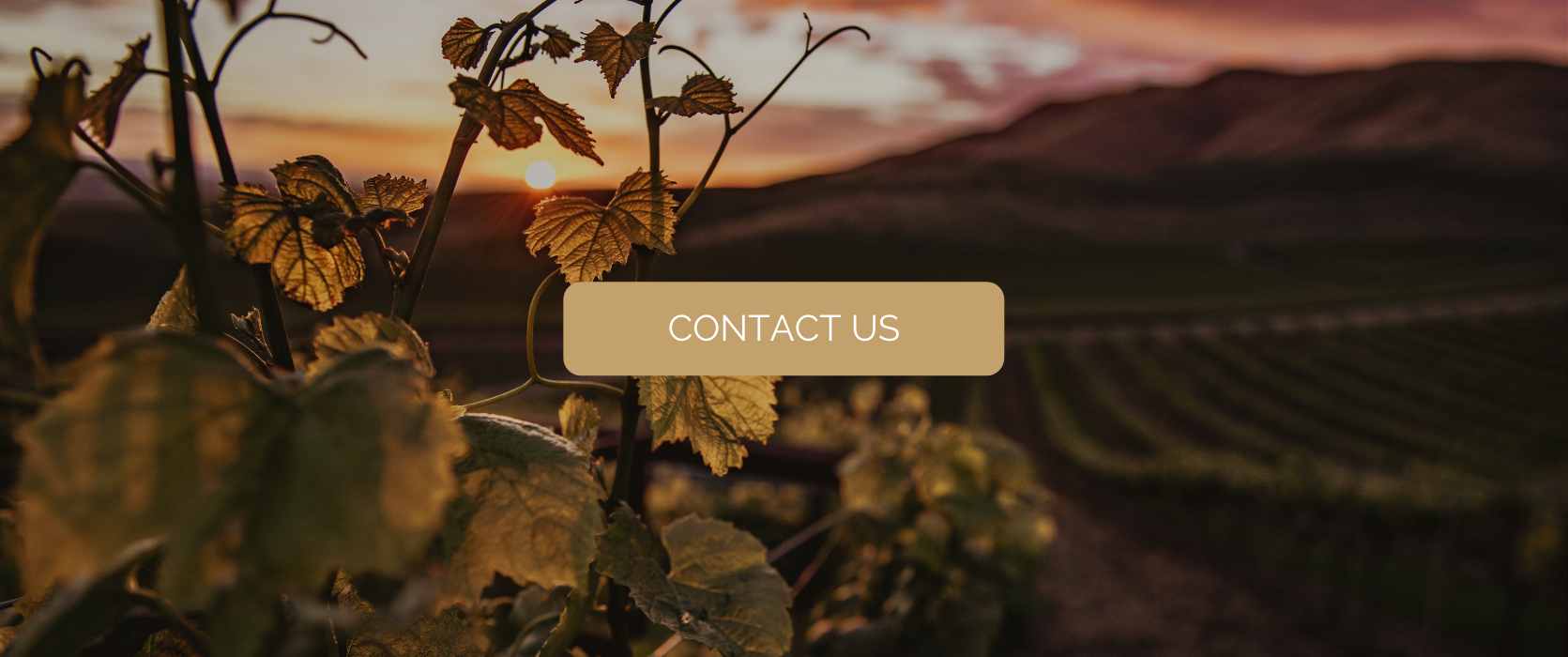A sparkling journey to discover the different types of champagnes

Come explore the fascinating world of champagnes! The diversity of champagne types offers a palette of unique flavors and experiences, promising an unforgettable gustatory adventure. Each type of champagne has its own character, reflecting the richness of the terroir and the expertise of its winemakers. Let’s plunge into this sparkling world where each bubble tells a story. Just for you, we’ve selected the most emblematic beverages from the realm of champagne. Embarking on one of our private Champagne tours and enjoying included tastings will allow you to get acquainted with their differences.
Extra brut champagne
With its low sugar content, extra brut champagne offers a pure and intense experience. Liked for its freshness, this type of champagne brings out the natural character of the grapes. It appeals to connoisseurs looking for authenticity and finesse. What’s more, its liveliness makes it an ideal pairing with seafood or light appetizers. For less expert palates, it may seem trickier to enjoy. Let’s continue our tour of the different types of champagnes.
Semi-dry champagne
At the opposite end of the spectrum, the sweeter semi-dry or demi-sec champagne charms with its subtle balance of sweetness and liveliness. Often paired with desserts, this champagne creates a harmonious marriage with sweet dishes. It delights palates that prefer a touch of sweetness, and pairs splendidly with soft cheeses or spicy dishes, offering a surprising but pleasing contrast. True connoisseurs enjoy demi-sec champagnes less often, as their sugar content alters the natural character of the grape.
Zero-dosage aka brut nature champagne
What other types of champagne are there? Also known as brut nature, zero-dosage champagne is the quintessence of purity. With no added sugar after fermentation, this champagne expresses terroir and grape variety in their most natural state. It’s a preferred choice for connoisseurs who fully appreciate the complexity and true nature of wine. Its purity makes it an excellent pairing for refined, delicate dishes. Once again, less expert palates may initially encounter difficulties when tasting it.
Blanc de blancs champagne
Made exclusively from white grapes (i.e. the chardonnay variety), blanc de blancs champagne shines with finesse and elegance. This champagne’s delicate aromas make it perfect for refined celebrations. Its light, airy profile marvelously complements fish dishes and light starters, bringing a touch of sophistication to the table. It is among Champagne lovers’ most sought-after beverages.
Blanc de noirs champagne
In contrast, the lesser-known blanc de noirs surprises by its rarity and originality. Made from black grapes vinified in white, this champagne offers a unique experience, combining complexity and finesse. It offers a different perspective on champagnes, defying traditional expectations and providing a bold new taste experience. Blanc de noirs champagne is “stronger” than blanc de blancs: it has more character.
Single-varietal champagne
Single-varietal champagne highlights the distinctive character of the single variety from which it is made. This often daring choice showcases the richness of a specific grape variety and reveals the singularity and pure expression of a terroir, offering a targeted and deeply personal tasting experience. Most often, we speak of a single-varietal champagne made from either Chardonnay (white grapes), Pinot Noir or Pinot Meunier (both black).
Vintage champagne
Made from a single harvest, vintage champagne tells the story of a particular year. Each vintage is unique, reflecting the year’s climate conditions and the winemaker’s expertise. These champagnes are often kept for special occasions, aging gracefully and gaining in complexity over time. The legal minimum ageing period is 3 years, and can stretch to 10 years. You should also know that in addition to the 3 traditional grape varieties, there are a number of forgotten ones that go into the composition of the different types of champagne. These include arbane, petit meslier, pinot blanc, and pinot gris.
Prestige vintage champagne
Champagne houses’ flagship, prestige vintage champagne embodies excellence and luxury. Often made from the best grapes and aged for a longer period, they offer an exceptional taste experience. They represent the pinnacle of champagne expertise, each bottle a masterpiece of the art of winemaking. A prestige vintage will systematically vary from one winemaker to another, both in the grape varieties used and in the final result.
Rosé de saignée champagne
Produced by macerating black grapes, rosé de saignée champagne is immediately recognizable by its intense color and powerful aromas. Rare and sought-after, its character and depth charm all palates. It offers a rich, engaging experience, often with notes of red fruit and a light tannic structure. It is increasingly rare to find rosés de saignée, as it is more difficult and time-consuming to produce.
Blend rosé champagne
In contrast, created by blending red wine and champagne, blend rosé champagne offers delicate harmony and a subtle color. This versatile type of champagne is suitable for a variety of occasions. Its fruit notes and charming freshness offer a more accessible approach to rosé champagne. Indeed, it is more subtle and less “vinous” than rosé de saignée champagne.
Organic champagne
By respecting the environment and biodynamic principles, organic champagne reflects winemakers’ commitment to sustainable vine growing. Usually more vibrant, this champagne reflects a living preserved terroir. It embodies a profound link between nature and wine, offering an authentic expression of respect for the environment. Biodynamic organic champagne often translates the winemaker’s true expertise and commitment.
Champagne aged in oak barrels
Due to its unique aging process, oak-barreled champagne unfolds complex aromas and an incomparable structure on the palate. This fosters woody and spicy notes, adding depth and complexity, bringing a completely new dimension to champagne. This rare champagne type leaves a lasting impression: it is made for thrill-seekers. What’s more, it reflects the beverage’s historical origins. Indeed, until the 20th century, wine was aged in wooden containers. Today, stainless-steel vats are the most prominent among aging containers.
Discovering the different types of champagne
In short, the different types of champagne offer an incredible diversity of flavors and experiences. Each type, encompassing its own characteristics, invites you to a unique sensory discovery. So, whether you prefer an extra brut, semi-dry, zero-dosage, blanc de blancs, blanc de noirs, single-varietal, vintage, prestige vintage, rosé de saignée, blend rosé, organic, or aged in oak barrels, there’s a type of champagne for every occasion and every palate. You can discover them in a champagne tasting workshop during your visit to the region.



